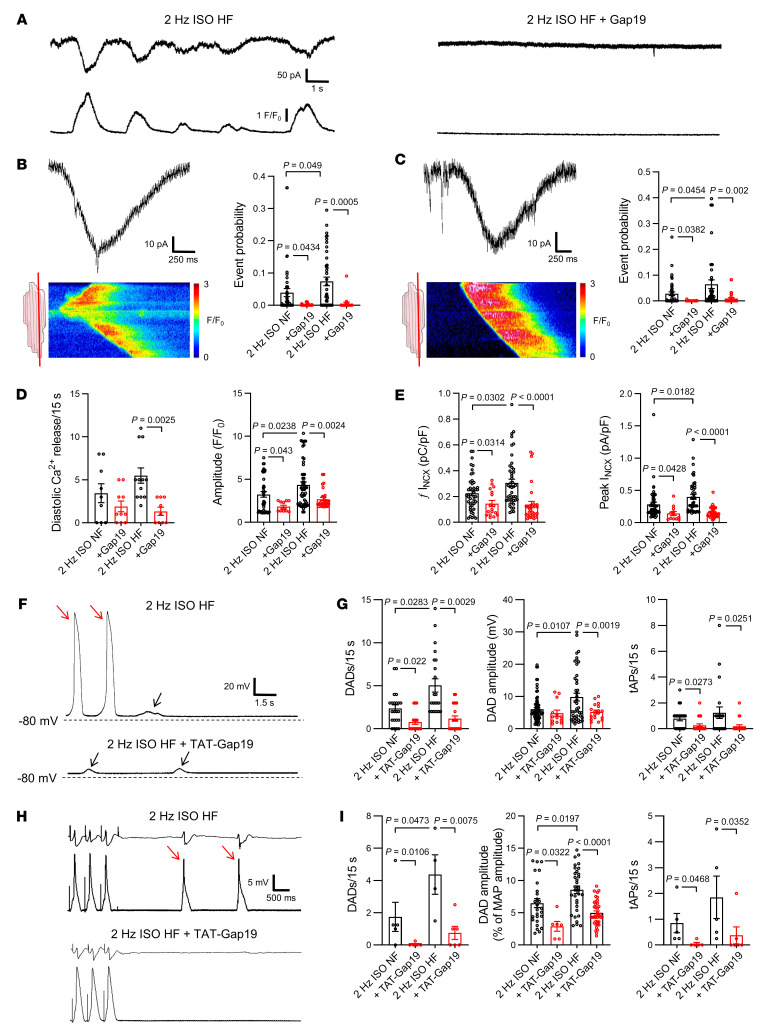Figure 12. Contribution of Cx43 hemichannels to spontaneous Ca2+ release and afterdepolarizations in human heart failure.
(A) Example traces of spontaneous diastolic Ca2+ release and resulting NCX currents recorded in failing human left ventricular cardiomyocytes following fast pacing and adrenergic stimulation with or without Gap19. (B and C) unitary current detail and associated confocal line scan images during and preceding spontaneous Ca2+ release, respectively. Red line on illustrations indicates scan line position. Dot plots show significant increase in unitary current event probability in failing compared with nonfailing cardiomyocytes. Gap19 abolished unitary current activities (nested 1-way ANOVA; N/nNF = 5/13, N/nHF = 5/14). (D and E) Summary dot plots illustrating increased frequency and significantly increased amplitude of spontaneous Ca2+ release and associated NCX currents in human heart failure. Gap19 abolished Ca2+ release and NCX currents, especially in heart failure (nested 1-way ANOVA; N/nNF = 5/13, N/nHF = 5/14). (F) Example traces of delayed afterdepolarizations and triggered action potentials recorded in a failing human left ventricular cardiomyocytes at baseline and after TAT-Gap19 superfusion. Black arrows indicate DADs, red arrows indicate triggered action potentials. (G) Summary dot plots showing significantly increased frequency and amplitude of DADs and triggered action potential frequency in failing compared with nonfailing cardiac myocytes. TAT-Gap19 abolished DADs and triggered action potentials, especially in human heart failure (nested 1-way ANOVA; N/nNF = 6/22, N/nHF = 5/22). (H) Example ECG (top traces) and monophasic action potential traces (lower traces) recorded during adrenergic stimulation (baseline and after TAT-Gap19) in an arterially perfused left ventricular tissue wedge prepared from failing human heart. Red arrows indicate triggered action potentials. (I) Summary dot plots showing significantly increased frequency and amplitude of DADs and triggered action potential frequency in failing compared with nonfailing tissue wedges. TAT-Gap19 abolished DADs and triggered action potentials, especially in human heart failure (nested 1-way ANOVA; N/nNF = 5/10, N/nHF = 4/9).

